Increasing Prevalence of Gout
The rising incidence of gout in the GCC region is a critical driver for the gout market. Recent studies indicate that the prevalence of gout has increased significantly, with estimates suggesting that around 4-6% of the adult population is affected. This increase can be attributed to lifestyle changes, dietary habits, and an aging population. As more individuals are diagnosed with gout, the demand for effective treatment options and management strategies is likely to grow. Consequently, pharmaceutical companies and healthcare providers are focusing on developing innovative therapies and educational programs to address this growing health concern. The increasing prevalence of gout not only impacts patient quality of life but also places a burden on healthcare systems, thereby driving investments in the gout market.
Rising Healthcare Expenditure
Healthcare expenditure in the GCC region has been on the rise, which significantly influences the gout market. Governments and private sectors are investing heavily in healthcare infrastructure, leading to improved access to medical services and treatments. In 2025, healthcare spending in the GCC is projected to reach approximately $100 billion, reflecting a growth rate of around 7% annually. This increase in spending allows for better diagnostic tools, advanced treatment options, and enhanced patient care for gout sufferers. As healthcare budgets expand, there is a greater emphasis on managing chronic conditions like gout, which in turn drives the demand for medications and therapies within the gout market. The focus on preventive care and early intervention further supports the growth of this market.
Advancements in Diagnostic Technologies
Technological advancements in diagnostic tools are significantly influencing the gout market. Innovations such as point-of-care testing and advanced imaging techniques are enhancing the accuracy and speed of gout diagnosis. In the GCC, the adoption of these technologies is expected to increase, with the market for diagnostic devices projected to grow by 12% annually. Improved diagnostic capabilities enable healthcare providers to identify gout more effectively, leading to timely treatment interventions. This not only benefits patients but also reduces the overall healthcare costs associated with delayed diagnoses. As diagnostic technologies continue to evolve, they are likely to play a pivotal role in shaping the gout market, facilitating better management of this chronic condition.
Growing Demand for Personalized Medicine
The trend towards personalized medicine is emerging as a significant driver in the gout market. Patients are increasingly seeking tailored treatment plans that consider their unique genetic, environmental, and lifestyle factors. This shift is prompting pharmaceutical companies to invest in research and development of targeted therapies that can provide more effective and individualized treatment options for gout. In the GCC, the market for personalized medicine is expected to grow at a CAGR of 10% over the next five years. This growth is likely to enhance patient outcomes and satisfaction, as personalized approaches can lead to more effective management of gout symptoms. As healthcare providers adopt these innovative strategies, the gout market is poised for substantial growth.
Increased Focus on Preventive Healthcare
The emphasis on preventive healthcare is becoming increasingly relevant in the GCC, impacting the gout market. Governments and health organizations are promoting awareness campaigns aimed at educating the public about the risk factors associated with gout, such as obesity and high purine diets. This proactive approach encourages individuals to adopt healthier lifestyles, which may reduce the incidence of gout. As a result, there is a growing market for dietary supplements, lifestyle management programs, and educational resources aimed at preventing gout. The preventive healthcare sector is projected to grow by approximately 8% annually in the GCC, indicating a robust opportunity for stakeholders in the gout market to align their offerings with this trend.


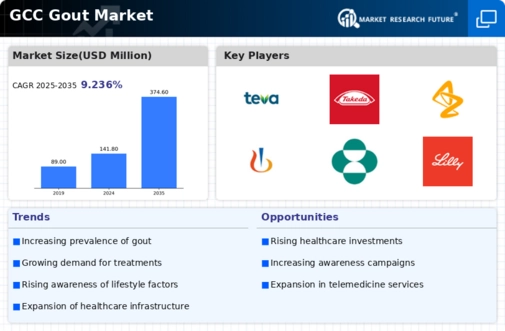
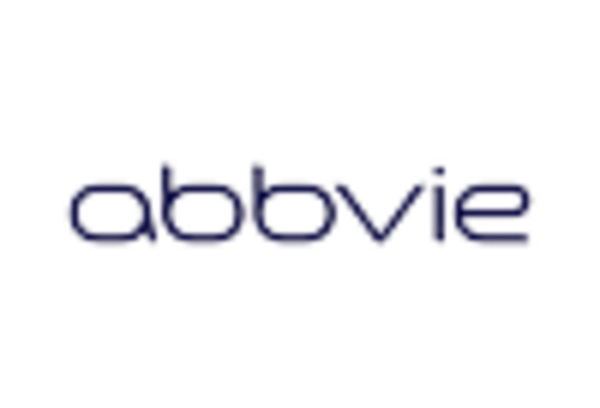
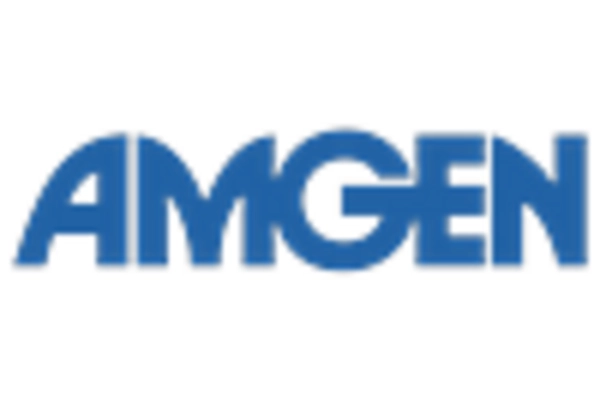
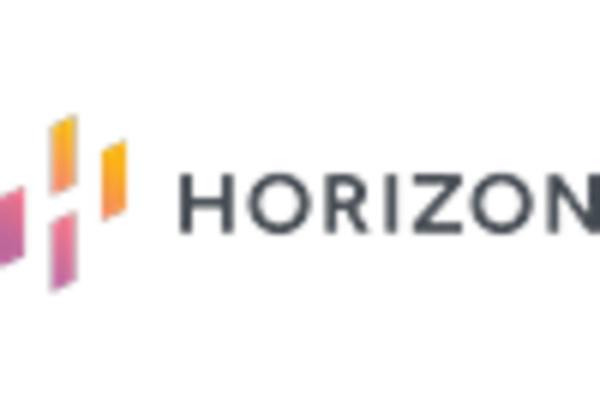
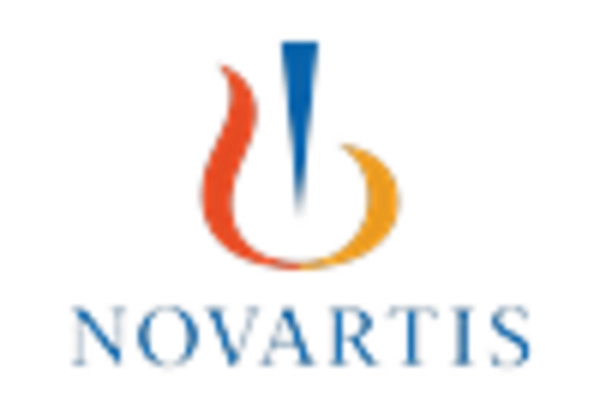
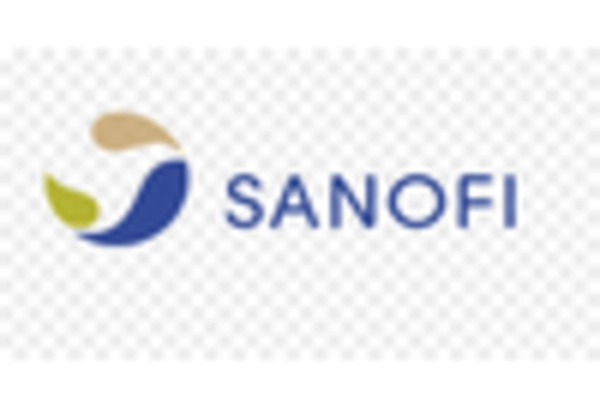
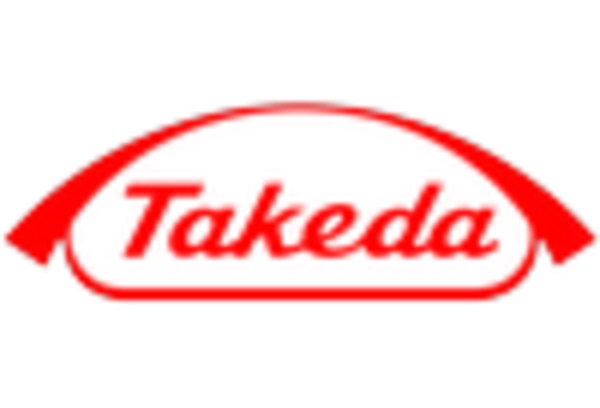








Leave a Comment